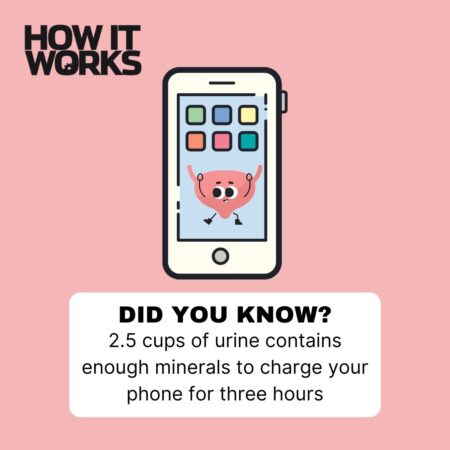Burning hydrogen
 Hydrogen (H2) is the lightest, most abundant element in the universe, yet it’s also one of the most flammable. Hydrogen is quick to burn in the presence of oxygen (O2) and can be very explosive. Used as the primary fuel for combustion when launching space shuttles, this is seriously powerful stuff. When hydrogen burns, large quantities of heat and light are given off. The light emitted from a pure hydrogen and oxygen reaction is mainly ultraviolet, making the flame almost invisible – however, in reality, there are often other materials present, creating a visible flame. Water is the waste product of hydrogen combustion, since oxygen and hydrogen are the two ingredients in water. Combustion of liquid hydrogen and oxygen is used to launch rockets – hence it is water vapour, not smoke, which you see coming out of the exhaust during the takeoff.
Hydrogen (H2) is the lightest, most abundant element in the universe, yet it’s also one of the most flammable. Hydrogen is quick to burn in the presence of oxygen (O2) and can be very explosive. Used as the primary fuel for combustion when launching space shuttles, this is seriously powerful stuff. When hydrogen burns, large quantities of heat and light are given off. The light emitted from a pure hydrogen and oxygen reaction is mainly ultraviolet, making the flame almost invisible – however, in reality, there are often other materials present, creating a visible flame. Water is the waste product of hydrogen combustion, since oxygen and hydrogen are the two ingredients in water. Combustion of liquid hydrogen and oxygen is used to launch rockets – hence it is water vapour, not smoke, which you see coming out of the exhaust during the takeoff.
Scientists are now working on using hydrogen combustion to power cars and other machines. The difficulty is the large amount of initial energy needed to get the reaction going. It requires far more energy to get started than, say, traditional fossil fuels.
Hydrogen is rarely found on Earth in its pure form, because it prefers to join with other elements – and of course a great deal exists as water.




